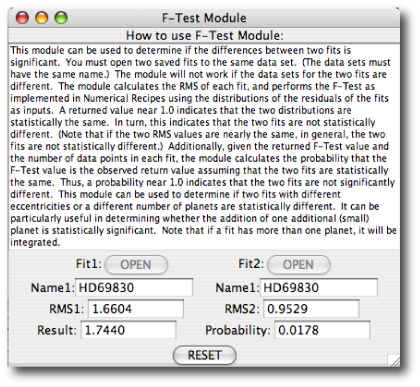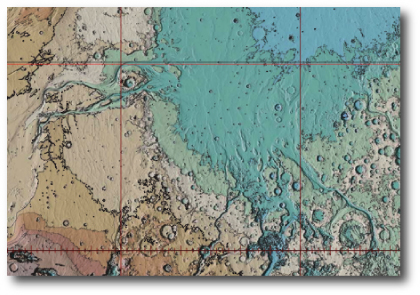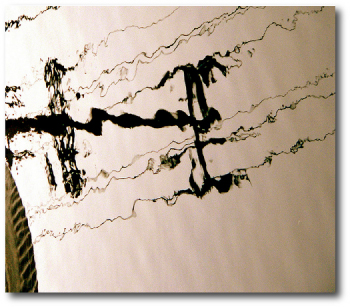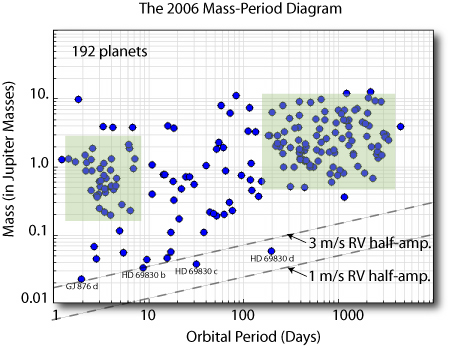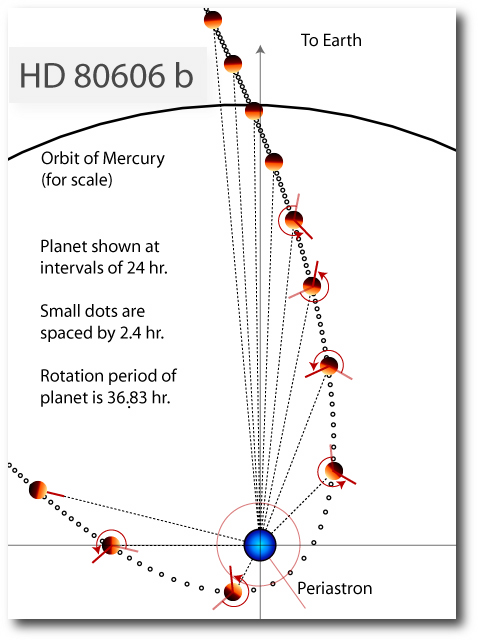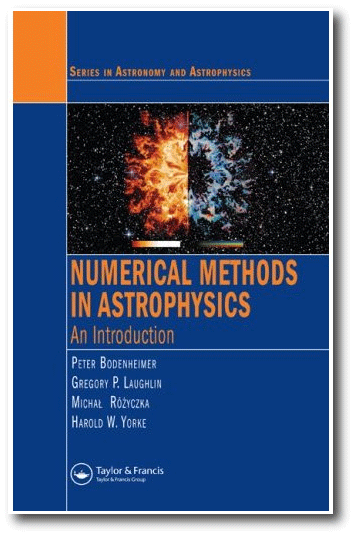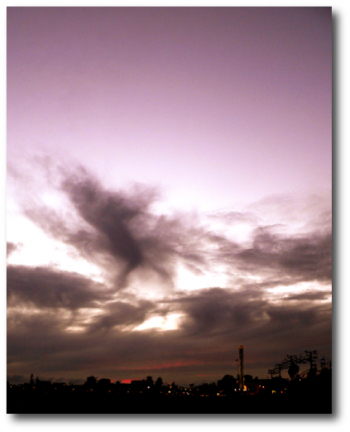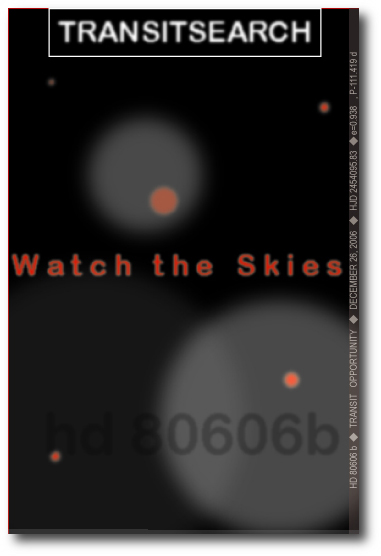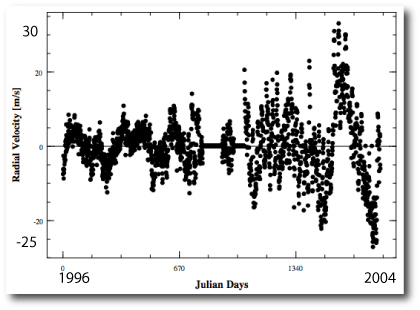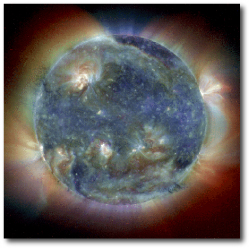
Image Source.
Jan 1st, the first day of the year in the Gregorian civil calendar, is an artificial construction with no actual physical significance. The real new year started yesterday, Jan 3rd, at 20h UT, when Earth passed through perihelion (the point where its orbit is closest to the Sun).
As a result of planet-planet perturbations, the apsidal line of Earth’s orbit precesses with a period of 21,000 years. The anomalistic year (the time between periastron passages) is thus about 25 minutes longer than the familiar tropical year, which means that everyone is allowed to show up 25 minutes late for work this week.
Even when precession is considered, Earth’s orbit exhibits quite a nice clockwork regularity. This is in considerable contrast to the outer planets “b” and “c” in the GJ 876 system, where the anomalistic year is truly anomalistic. The resonant interactions between the planets cause successive inferior conjunctions to vary in a complicated manner by more than 4 hours to either side of the average period.
The Earth’s year could get completely deranged if another star (or multiple star) in the local galactic neighborhood makes a close approach to the solar system. Back in the late 1990’s, Fred Adams and I took a close look at the odds that the solar system will get disrupted by such an encounter before the Sun turns into a red giant. We did a large set of Monte-Carlo scattering calculations, and found that there’s about a 1 in 200,000 chance that the Earth will find its orbit seriously disrupted before the Sun drives a runaway greenhouse effect on the Earth’s surface. There’s also about a 1 in 2,000,000 chance that the Earth will get captured into orbit by another star before the Sun destroys the biosphere. If this galavanting incoming star turns out to be a red dwarf, then we’ll be set for a trillion-plus years of steady luminosity. One in two million sounds like a very low probability, but people regularly line up to buy powerball tickets with far less chance of striking the jackpot. After all, someone’s gotta win.
Here’s an example of a specific capture scenario:
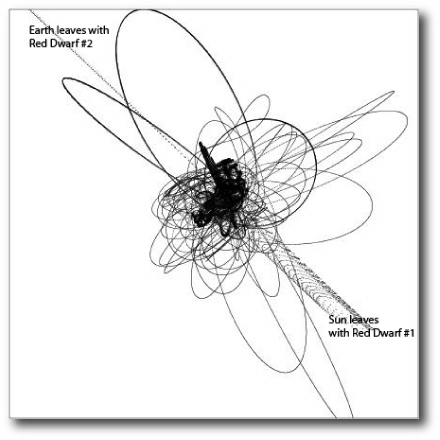
In the above picture, a red dwarf binary pair makes a close approach to the solar system from the direction perpendicular to the screen. As the red dwarfs drop toward the Sun, Earth is almost immediately handed off to the smaller dwarf and stays with that star for three long, looping excursions. After slightly more than 1000 years, Earth is palmed back off onto the Sun, with whom it remains for the next 6500 years while suffering many complicated close encounters with the other stars. After 7500 years, Earth is captured into an orbit around the larger red dwarf, and soon thereafter, this star escapes. Earth is pulled along in an elliptical orbit that might possibly be habitable.
For more on the bizarre panoply of events that might occur in the distant future, check out my book with Fred Adams: The Five Ages of the Universe — Inside the Physics of Eternity. Its long-term view can provide a certain antidote to an overscheduled workweek…
[On the topic of red dwarfs, an upcoming oklo post will be by Systemic team member Paul Shankland, who’ll be reporting in on the survey he’s leading to find habitable planets transiting low-mass nearby stars.]



